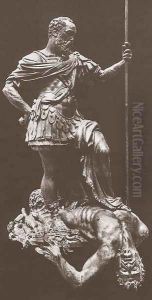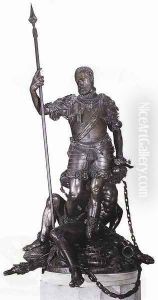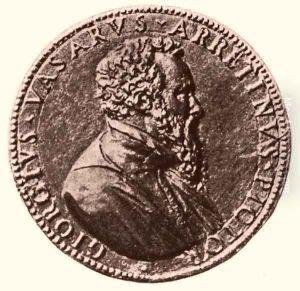Leone Leoni Paintings
Leone Leoni was a prominent Mannerist sculptor of Italian origin known for his expressive and elaborate works in metal, particularly bronze. He was born in 1509 in Menaggio, near Lake Como, in the Lombardy region of Northern Italy. His artistic career began with training as a goldsmith, and he quickly gained a reputation for his skill in metalwork.
Leoni’s early work caught the attention of important patrons, and he soon found himself in the service of the Holy Roman Emperor Charles V. One of his most notable commissions from this period was a series of medals depicting the Emperor, which exemplified Leoni’s ability to capture both the physical likeness and the psychological character of his subjects. His work for the imperial court significantly boosted his prestige and opened doors to further high-profile commissions.
During the 1540s, Leoni traveled to the Habsburg Netherlands, where he continued to work for Charles V and his son, Philip II of Spain. It was during this period that he created one of his masterpieces, the life-sized bronze statue of Charles V dominating Fury, an allegorical representation of the Emperor’s power over unruly forces. This work is a testament to Leoni’s mastery of sculpting the human figure and his ability to imbue his sculptures with dynamic movement and emotional intensity.
Leoni returned to Italy in the 1550s and established a large workshop in Milan, which became a center for bronze casting. He continued to produce medals, busts, and statues, often collaborating with his son, Pompeo Leoni, who was also a talented sculptor. The two worked together on several projects, and after Leone’s death, Pompeo continued his father’s artistic legacy.
Leone Leoni passed away in Milan in 1590. His contribution to the art of sculpture, particularly in his innovative use of bronze and his influential role in the spread of Mannerist style, solidified his reputation as one of the foremost sculptors of his time. Today, his works can be found in major museums across the world, and they continue to be studied for their technical brilliance and expressive power.


